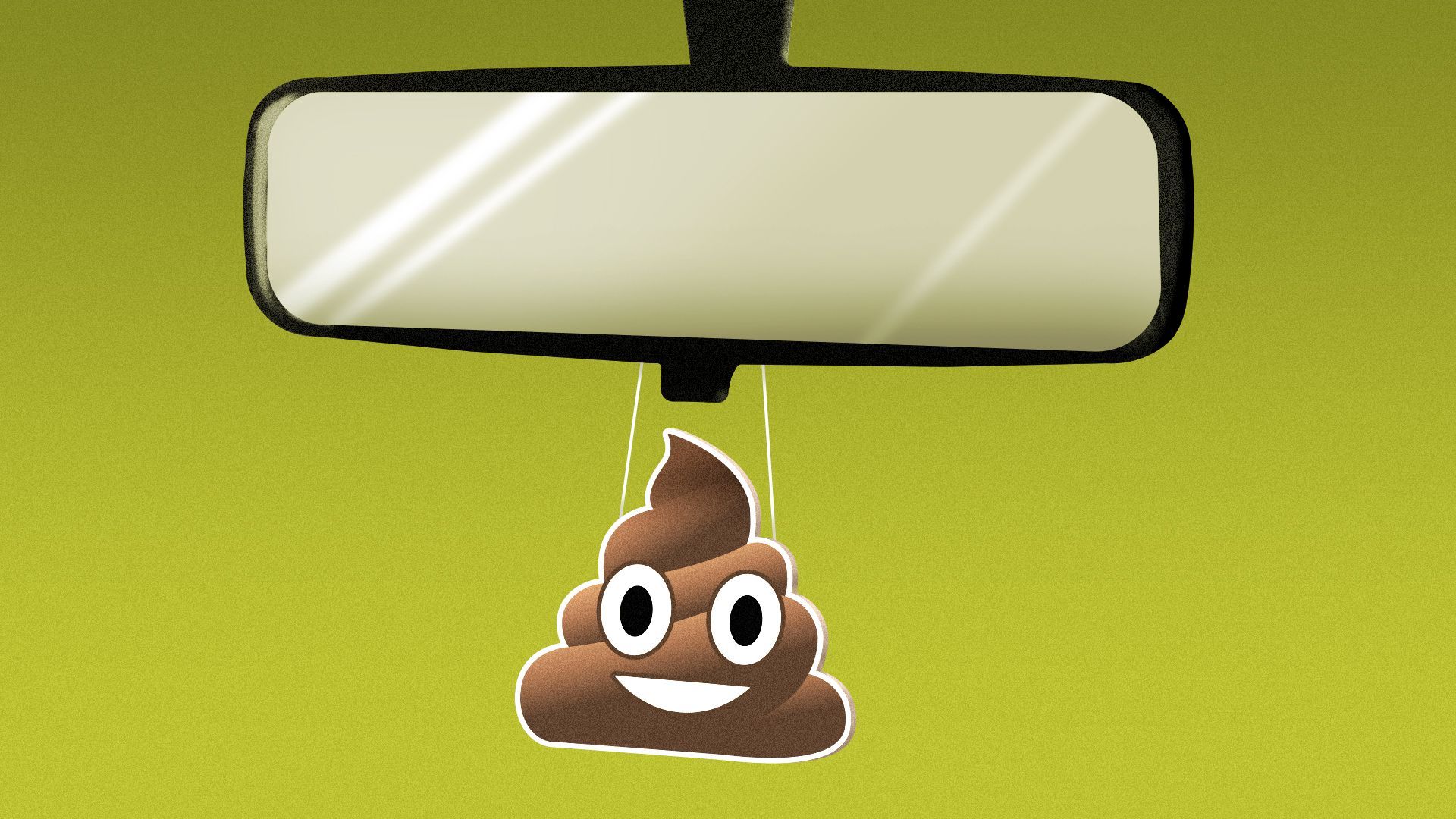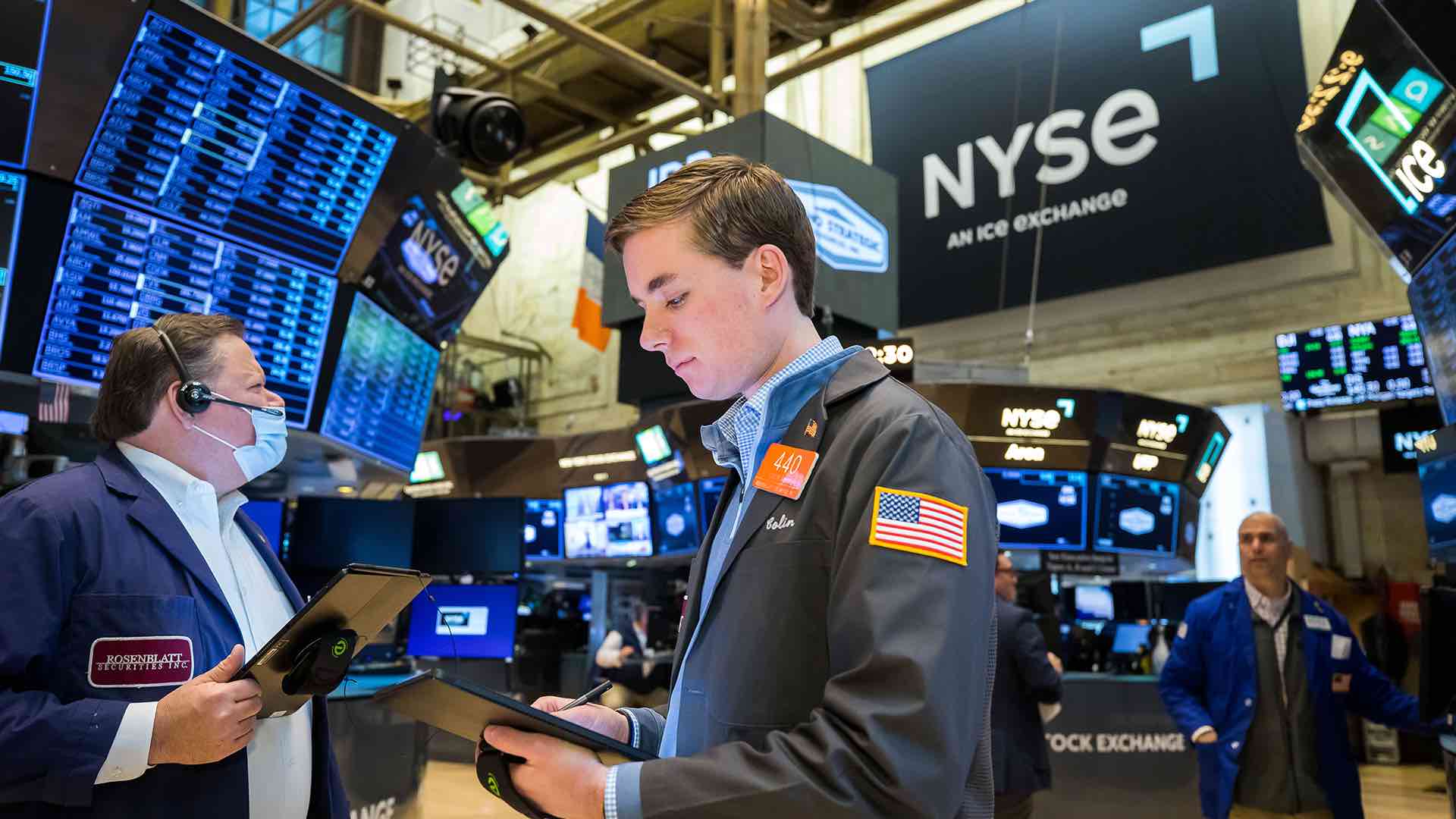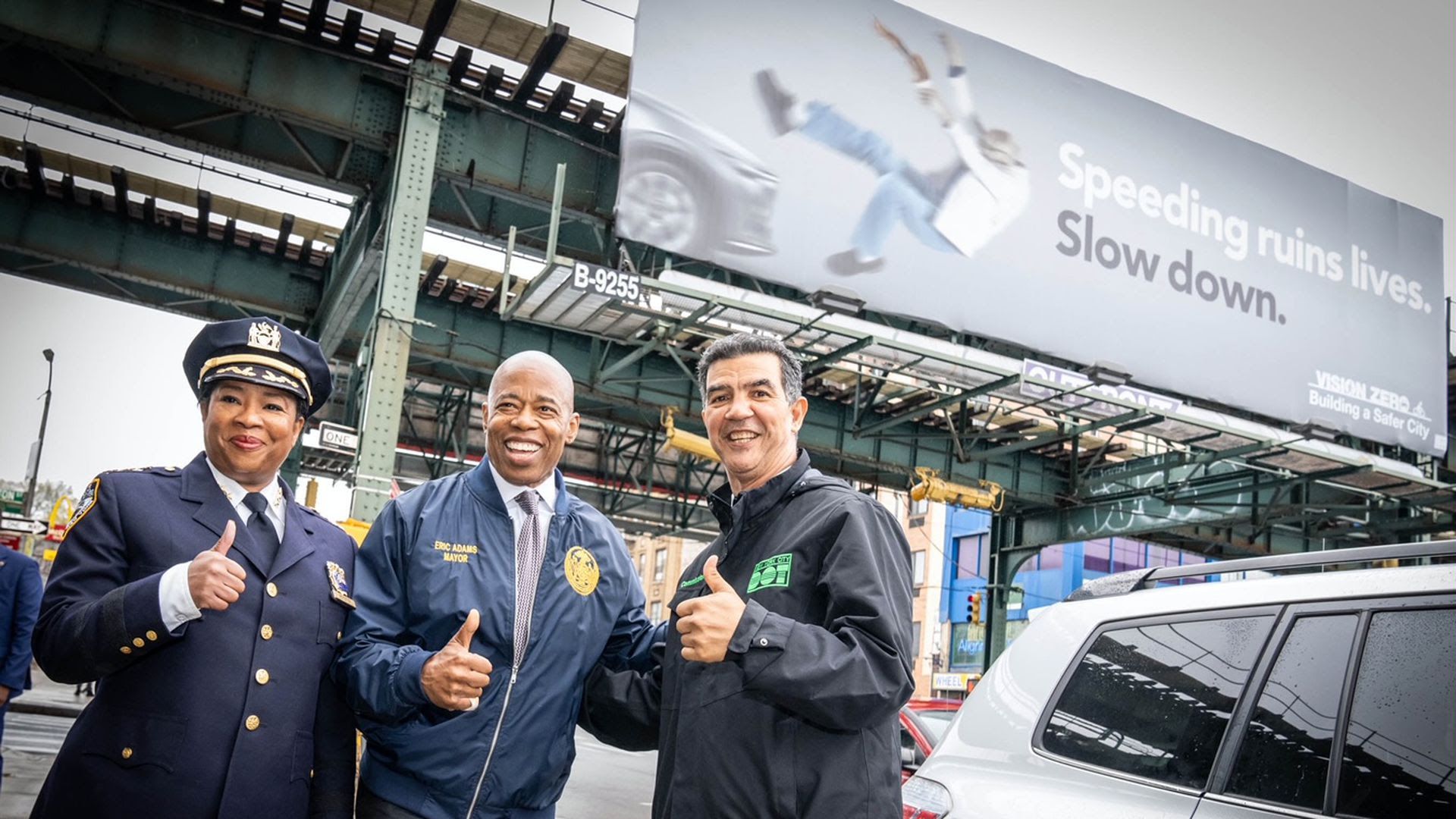| | | | | | | Presented By NYSE | | | | Axios What's Next | | By Joann Muller and Scott Rosenberg · May 06, 2022 | | All is flux: Workplaces are going to see constant departures for the foreseeable future. Passwords are becoming a thing of the past. And autonomous vehicles are learning to, um, smell things. All this and more in today's edition, which I, Axios managing editor Scott Rosenberg, am proud to bring you while my colleagues are busy. - See something cool or interesting that speaks to the way we'll live, work, play and get around in the days ahead? Take a picture for our reader photo slot. Email us at whatsnext@axios.com.
Today's Smart Brevity count: 1,144 words ... 4 minutes. | | | | | | 1 big thing: The Great Resignation has no end date |  | | | Illustration: Sarah Grillo/Axios | | | | Job turnover is 20% higher in our new remote and hybrid working world — and it's going to stay that way, new research from technology research firm Gartner shows, as Erica Pandey reports. Why it matters: Companies should brace for a lasting culture of quitting. By the numbers: Some 37 million people will leave their jobs in the U.S. this year, Gartner projects. That's a 20% jump from pre-pandemic levels. - Zoom in: A company that was seeing a fifth of its workforce turn over annually before the pandemic, for example, can now expect to lose almost a quarter of its employees each year.
"This is for as far as the eye can see at this point," says Brian Kropp, chief of research for Gartner's HR practice. "As long as we're in this world of remote and hybrid work — and it's hard to see us getting out of it — that elevated level of turnover is going to stick with us. What's happening: Flexible work means the cost of leaving a job is far lower. - Workers have options. The companies eager to hire you aren't just the ones within commuting distance anymore. Remote work means there are many more places to land if you quit.
- Work friendships are weaker. "Employees pick a place to work not just for rational reasons, like compensation or benefits, but emotional and social reasons, like, 'That's where my friends are,'" Kropp says. Remote and hybrid work weakens those connections as there's far less face time at the office — or none at all.
But, but, but: Taking away work-from-anywhere isn't an option for most companies. 7 in 10 workers now think of work flexibility as table stakes, Gartner found. What's next: Companies will have to bring in more recruiters to handle the long-term load of open roles. And they'll have to build some redundancy into teams so products and clients don't suffer from concentrated turnover spikes. The other side: It's possible to bring down that turnover rate, experts say. - Plenty of companies were remote or mostly remote before the pandemic and have managed to stabilize quit rates.
- Human resources leaders at those places tell us that clarity around company purpose and mission to drive a strong culture is as vital as competitive pay and perks. And corporate retreats are now a must to build those work friendships that make people think twice about quitting.
Share this story. |     | | | | | | 2. Digital noses could sniff problems in robotaxis |  | | | Illustration: Shoshana Gordon/Axios | | | | An AI-powered nose could help robotaxi operators sniff out problematic odors — like the lingering scent of a passenger's tuna sandwich — and reroute the vehicle to a maintenance hub for cleaning before its next ride, Joann Muller writes. Why it matters: With driverless taxis, there's no one onboard to keep passengers from smoking or leaving behind offensive odors, from food to vomit. But new digital olfaction technology could be able to help. What's happening: Aryballe, a Grenoble, France-based startup, uses biochemical sensors, optics and machine learning to detect odor and turn it into data that can be stored in a smell library, journalist Martin Kahl writes for Ground Truth, a blog about autonomous vehicles. - Its patented technology, which mimics the human sense of smell, could help patients who have lost their sense of smell, for example, or be used to identify new smells.
- Food and consumer products companies can use it to enhance and differentiate their products or for quality control.
Automakers are interested in digital olfaction to monitor and detect nuisances, such cigarette smoke or a fuel leak. How it works: Humans sense when an object emits odor molecules that are carried through the air into our noses, activating receptors made of millions of olfactory nerve cells. - Those neurons identify smells, triggering memories and evoking emotions.
- Aryballe uses organic chemistry to mimic the nose, CEO Sam Guilaumé told Kahl.
- Smell molecules bind with volatile olfactive compounds on digital sensors, and they create a kind of smell image, which is then identified with the help of machine learning.
- The process takes 10 to 20 seconds, which is about as long as it takes humans to react to most smells, Guilaumé said.
"Our digital nose uses similar receptors to those in your nose. Whatever your nose smells, our sensor can smell." Share this story. |     | | | | | | 3. New step toward kissing your passwords goodbye |  | | | Illustration: Eniola Odetunde/Axios | | | | Apple, Google and Microsoft have all embraced a new standard that aims to lift the curse of remembering a million passwords, Scott Rosenberg reports. Why it matters: The more we move our lives onto digital platforms, the more we've become dependent on passwords that are painful to coordinate and too often easy for malefactors to hack. Driving the news: The FIDO Alliance — "Fast Identity Online" — aims to establish standards for the industry to transition from password-based authentication to biometrics like fingerprints and face scans that users already employ to unlock their devices. - By integrating the standard more fully, the tech giants hope to make these password-free ID options more widely available so they can be used to log in to websites and apps that currently require passwords.
Between the lines: Two-factor authentication — which requires you to sign in using both a password and a device, usually your phone — makes logins more secure but less convenient. Biometrics offer better protection without more friction. Yes, but: Some consumers may balk at having their personally identifying data, like face scans and fingerprints, used across a wide array of platforms, websites and companies. What's next: Apple, Google and Microsoft are expected to provide wider FIDO implementation and easier cross-platform use over the next year. Share this story. |     | | | | | | A message from NYSE | | Connecting tech companies to more capital | | |  | | | | NYSE has raised more capital for tech companies than any other stock exchange in the world. Hundreds of companies including Snowflake, Roblox, Toast, Asana, Unity and Nextdoor have joined the NYSE to raise the capital they need to change the way we live, work and play. Make your vision a reality. | | | | | | 4. The problem with road safety signage |  | | | NYPD Transportation Chief Kim Royster, Mayor Eric Adams and NYC DOT Commissioner Ydanis Rodriguez launch a road safety campaign on Monday. Photo: Ed Reed/Mayoral Photography Office | | | | If painting roads saves lives, how about putting up traffic safety billboards? Turns out that might be counterproductive, Axios' Felix Salmon reports. Why it matters: There's a general tendency to believe that "awareness" is always and everywhere a good thing. But sometimes it can backfire. Driving the news: New York City announced this week it would spend $4 million on a campaign to try to curb dangerous driving behaviors like speeding. At the center of the campaign are billboards like the one pictured above, showing a gruesome traffic accident. - The catch: Such visuals can end up causing even more distraction.
The big picture: A recent study in Texas found that crashes actually increased by a few percentage points when drivers were confronted with signs displaying the number of road fatalities in the area, according to Science. - "In-your-face," "sobering," negatively framed messages seize too much attention, interfering with drivers' ability to respond to changes in traffic conditions.
- In weeks when the signs were displayed, crashes increased by 4.5% in the 6-mile stretch past the sign. That works out to 16 more fatalities per year, just in Texas.
The bottom line: Driving slowly and safely is a habit, not something that people should be consciously thinking about. A shocking billboard is more likely to distract drivers than cause a lasting change in behavior. |     | | | | | | A message from NYSE | | 5 questions, powerful insights | | |  | | | | The NYSE spoke with today's tech leaders to ask them five questions about the future. Hear their insights on key trends impacting society, what business leaders should be prioritizing, ESG issues dominating the corporate agenda and more. Watch The Future in Five. | | | | Was this email forwarded to you? Get your daily dose of What's Next magic by signing up for our free newsletter here. |  | It's called Smart Brevity®. Over 200 orgs use it — in a tool called Axios HQ — to drive productivity with clearer workplace communications. | | | | | | Axios thanks our partners for supporting our newsletters. If you're interested in advertising, learn more here.
Sponsorship has no influence on editorial content. Axios, 3100 Clarendon Blvd, Suite 1300, Arlington VA 22201 | | | You received this email because you signed up for newsletters from Axios.
Change your preferences or unsubscribe here. | | | Was this email forwarded to you?
Sign up now to get Axios in your inbox. | | | | Follow Axios on social media:    | | | | | |








No comments:
Post a Comment